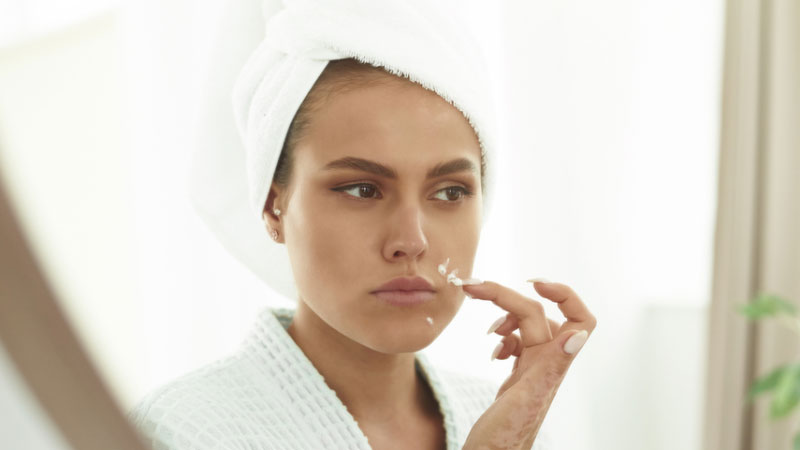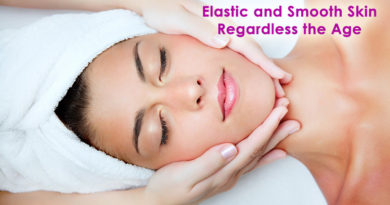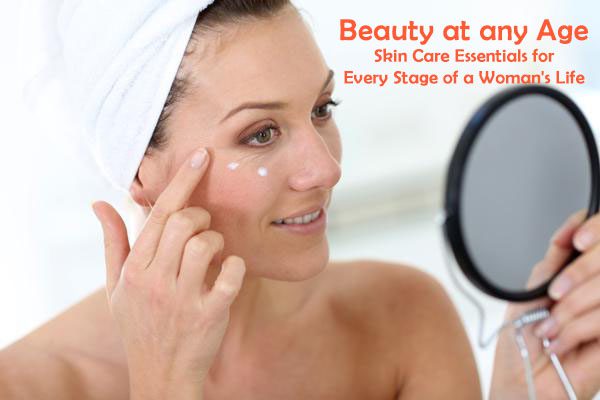4 Fail-Proof Fixes for Uneven Skin
Millions of people deal with dermatology issues that cause uneven skin tones. Whether they be the 50 million Americans who fight with acne on the daily or the one in 10 who battle with red, dry atopical dermatitis, the struggle for a seamless complexion is very real. The symptoms of uneven skin may vary from one individual to the next but acne scars, redness, damage from sun exposure, and age spots can all contribute to those patches of discoloration on the skin, particularly the face. If you are one of the millions tired of the struggle, here are four fail-proof tips and tricks to getting your skin looking even in tone and glowing all around for a happier, healthier-looking you.

Solution 1: Vitamin C
Vitamin C is a great natural agent of fighting discoloration and uneven tone. This versatile vitamin is also an antioxidant and protects skin from the tissue damage that free radicals can cause, which is one of the most common catalysts of uneven skin tone. Since Vitamin C is naturally occurring, you can get healthy doses of it in foods like strawberries, oranges, kiwi, guava, and bell peppers.
For faster, more dramatic results, you can also go the concentrated route and add a Vitamin C serum to your skincare routine. Choosing a Vitamin C serum and more can help people with uneven skin tone/discoloration develop the bright, radiant skin they’ve always dreamed of.
Solution 2: Niacin
As an essential nutrient for skin, hair and nails, upping your Niacin intake can improve the appearance of all three. In simplest terms, Niacin improves the hydration levels in your skin and has been found to aid in the restoration of uneven skin as well as in the reduction of wrinkles and the overall brightening of one’s complexion. Like Vitamin C, Niacin is all-natural and can be absorbed into the body by ingesting foods that include mushrooms, chicken, tuna, and peas.
You can buy Niacin-enriched vitamins and supplements if adding foods to your diet alone does not do enough.
Solution 3: Chemical Peel
Though it sounds harsh, chemical peels are actually often more gentle on your skin than some face scrubs. Peels can be done in a salon-setting but many quality chemical peels are now available directly through the manufacturer for at-home use. The DIY chemical peels are usually created with salic acid and glycolic acid, both of which remove excess dead skin through mild chemical reactions and are safe in low doses for use in home.
However, if your skin is normally sensitive or if you regularly use an acne product (topical or oral medication), then chemical peels are not your go-to solution. Most active ingredients in acne treatments already contain an acid so doubling up with a chemical peel could do more harm than good.
Solution 4: Microdermabrasion
For those with severely uneven skin, or for those who have tried other remedies and not seen results, microdermabrasion is your best candidate. It’s used to treat numerous skin conditions and has demonstrated success in improving the appearance of sun damage and mild scarring, as well as uneven tone and discoloration. The simple procedure uses an instrument to remove the outer layer of skin that tends to be tough and damaged, while simultaneously thickening the skin’s collagen. The result is a radiant, youthful complexion.
The best part is that though you may see some redness, mild peeling, or dryness for a few days after the procedure, there is no down time or recovery time. You are in and out.
If you deal with troublesome uneven skin tones, you are anything but alone, and you do not have to accept a discolored complexion as your fate. There are convenient solutions to reduce uneven skin tone. Whether microdermabrasion or chemical peel, Niacin supplement or indulgent Vitamin C serum, there’s a fabulous fix that’s right for you.



